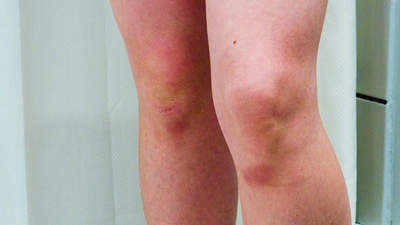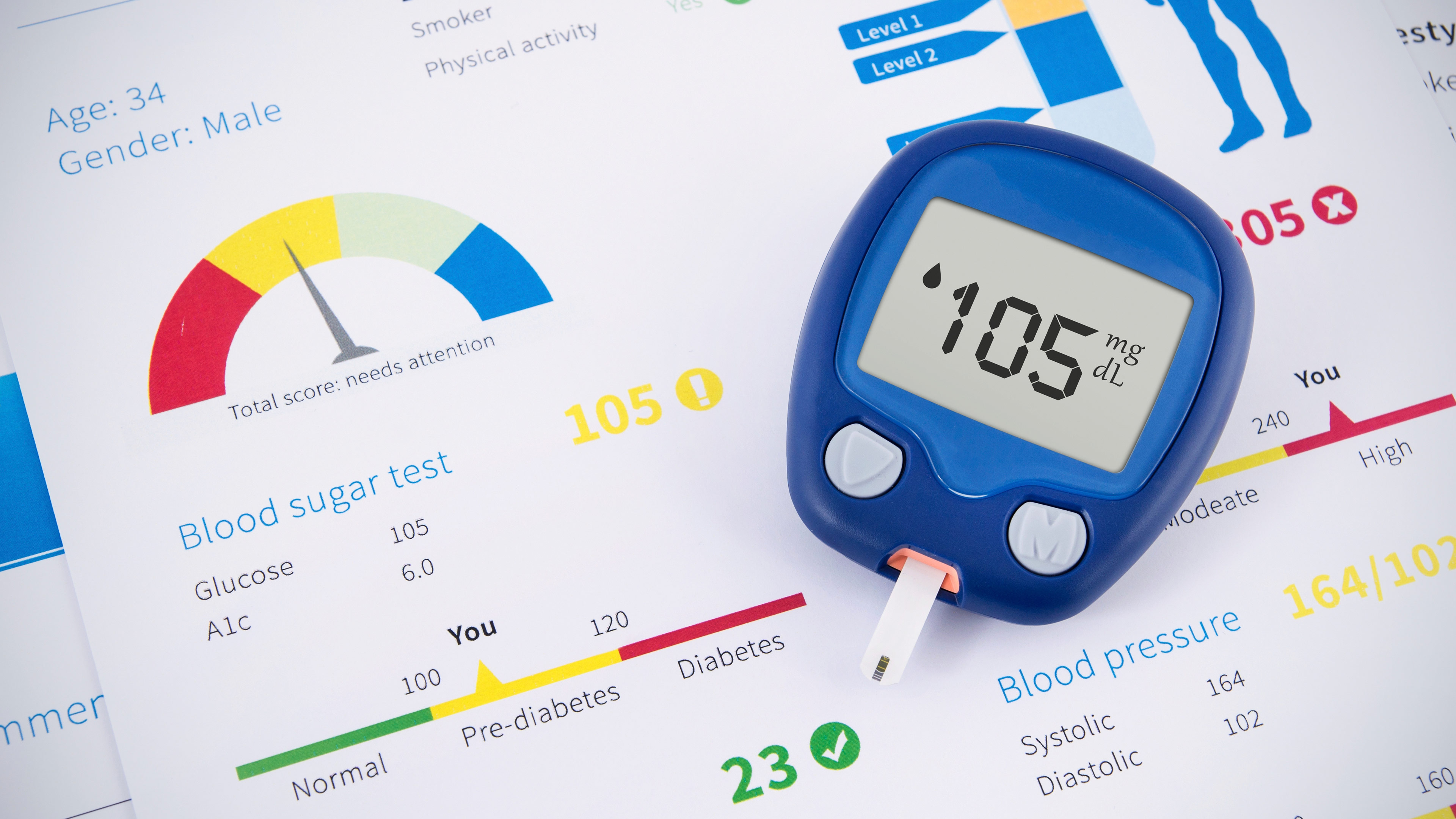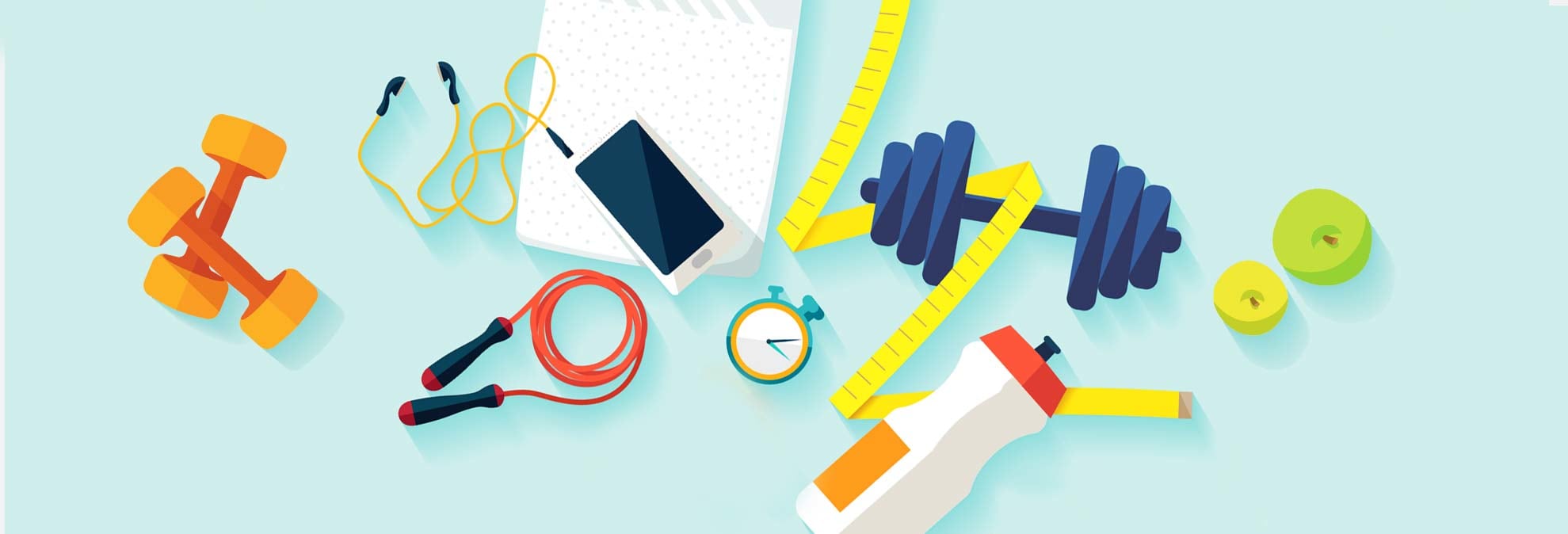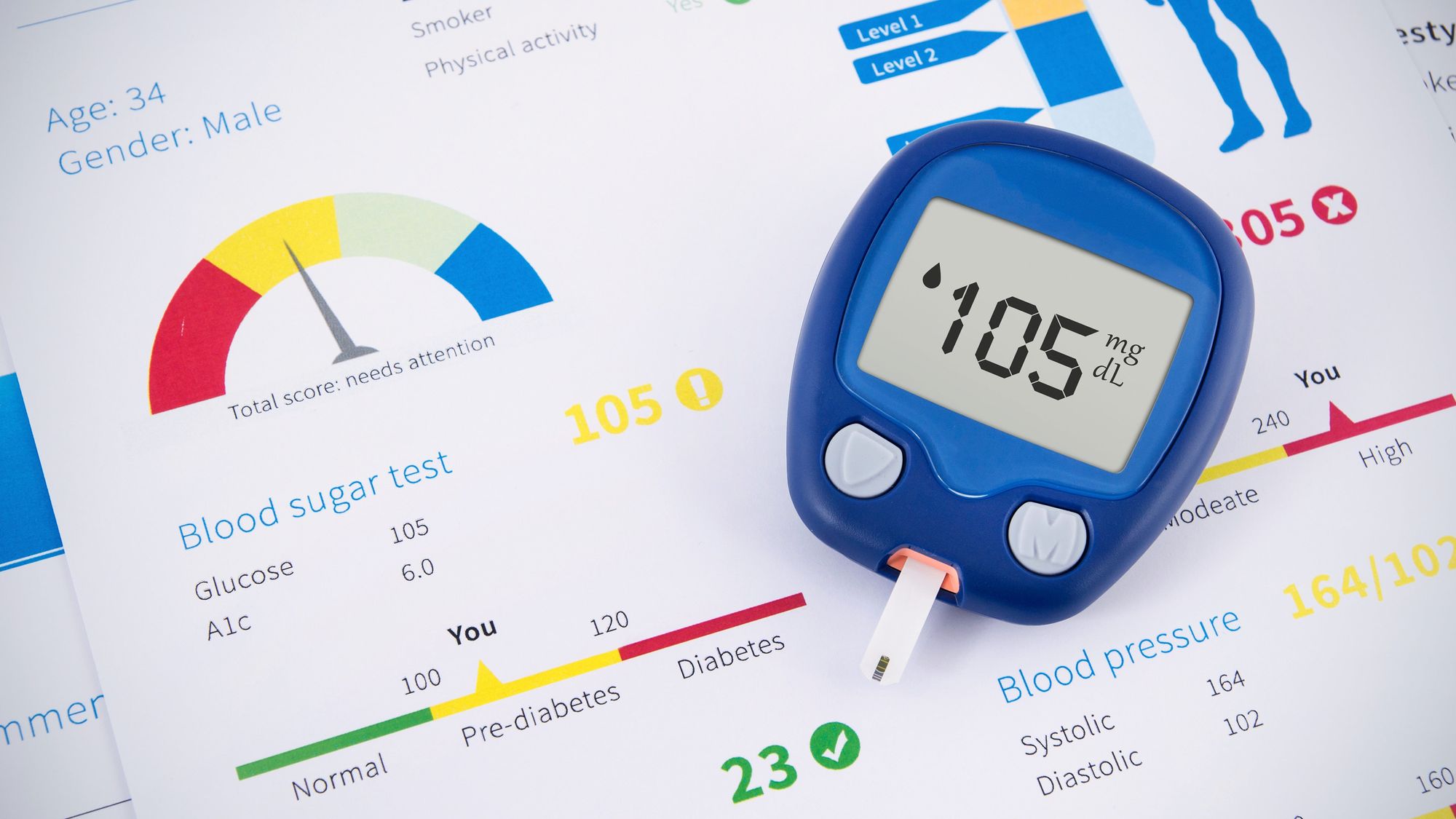Prediabetes or Borderline Diabetes is the initial stage where the glucose levels in the blood are slightly higher than the normal blood sugar levels but not enough to come under the category of Diabetes. Doctors may call it Impaired Glucose Tolerance (IGT), higher blood sugar after a meal, Impaired Fasting Glucose(IFG) which indicates higher blood sugar in the morning on an empty stomach. Insulin Resistance is another term used for this condition where the body cells are not able to utilize the insulin effectively. Insulin resistance raises glucose levels in the blood leading to diabetes type 2.
Risk Factors Associated With Prediabetes

Studies have not shown the exact cause of insulin resistance in the body but, there are certain risk factors associated with Pre-Diabetes that can develop Type 2 Diabetes later on. When you have already reached a stage of pre-diabetes or you have gone through certain health conditions earlier, then you stand the risk of developing type 2 diabetes later on.
-
Heredity- If someone in your family had diabetes, then you stand a higher chance of developing diabetes later on. As it is a hereditary factor, you need to look at your family history for a clear understanding of the reasons you got diabetes.
-
Age- It is another factor that contributes to the risk of developing diabetes. You tend to develop type 2 diabetes in the later years of your life. It begins at the age of 45 and the risk gets exponentially high at around 65 years.
-
Lack Of Physical Activity- Physical activity is essential to lead a healthy life, same goes with diabetes also. If you are not physically active, then you are more likely to develop diabetes.
-
Being Overweight/Obese- This is another risk factor worth considering when determining the causes of diabetes. If you have a body mass index higher than 25 or if you carry extra fat in the abdomen, then it makes the body insulin resistant. Furthermore, you develop diabetes due to overweight.
-
Gestational Diabetes- It is a type of diabetes that develops during pregnancy. So if you had diabetes at the time of pregnancy, then it increases the risk of you getting pre-diabetes later on.
-
Diet- It is a major factor to be considered while determining pre-diabetes. If you take diet with high cholesterol and carbohydrates, then you raise your chances of getting diabetes. People with a higher risk of diabetes tend to take diet with high calories such as sweetened beverages, processed foods and meat.
-
Other Health Issues- Other health problems also add up to the factors that are responsible for causing diabetes. Certain diseases like high blood pressure or hypertension and high cholesterol put you at the risk of getting diabetes in the later years of your life.
These were some of the risks in regard to development of type 2 diabetes. You must keep a check on the above factors. If you find any of them, then due care must be taken as a measure to curb any chances of getting high blood sugar.
Symptoms And Warning Signs

There are certain signs that indicate the risk of prediabetes quite earlier. It is important to take these warning signs into consideration.
-
Skin Darkening- Prediabetes does not show any symptoms in particular initially, but it begins with darkening of skin at specific areas like armpits, elbows, neck, knees and knuckles.
-
Increased Urination And Increased Thirst- The body’s inability to utilize insulin leads to the production of urine and the body tends to lose glucose through urine. Frequent urination causes loss of bodily fluids and dehydration that ultimately increases thirst.
-
Chronic Fatigue- If you feel tired even after getting a full night’s sleep, then this is possibly a symptom of pre-diabetes. The body loses insulin through frequent urination due to which the body cells cannot derive energy leading to fatigue.
-
Blurred Vision- This is also one of the symptoms of prediabetes. Hyperglycemia may cause fluid to enter the lens of your eyes which makes it swollen and changes shape, making it hard for the eyes to focus, thus making it blurry.
-
Slow Healing Of Wounds- Bruises or slow healing of wounds can be the warning signs. Higher than normal blood sugar affects repairing process of tissues, thus causing slow healing of wounds.
-
Unusual Smell Of Urine- When you are under the danger of getting pre-diabetic then your urine starts to smell unusually foul and gets frothy due to the presence of ketones in the blood and urine. So you need to keep a check if your urine smells strong and unusual.
-
You Are Hungrier Than Normal- When you notice that you are hungrier than normal people do, then it could possibly be a sign of prediabetes. It is important to chart your patterns of how and when you get hungry. Further, this will help in determining that at what time your body demands food.
Diagnosis Of Prediabetes

Prediabetes or Borderline diabetes is a silent killer that does not show any sure signs. So it is important to have a regular health checkup for early detection if you find any of the above mentioned symptoms.
On determining any of the symptoms, your doctor may likely perform a HbA1c test or Oral Glucose Tolerance Test(OGTT).
HbA1c is a test that indicates the patterns of blood sugar level over a period of two to three months. It is often advised to get this test done than a single check of fasting blood sugar or post meal. If your HbA1c is above 6, then you are pre-diabetic and you are at a greater risk of getting diabetes later on.
Prevention And Cure

You can curb the risk and symptoms associated with pre-diabetes by taking proper preventive measures. It is important to make these healthy lifestyle choices when you are on the verge of getting diabetes:
-
Always eat healthily and take a balanced diet constituting all the essential nutrients. Include more nuts and fruits in your diet and avoid drinking sweetened beverages and food with high calories and carbohydrates.
-
Follow a regular exercise regimen as physical activity is necessary to keep up the energy. Get yourself indulged in some kind of activity like yoga, aerobics, running or gyming.
-
If you are overweight, it is advised to lose weight and burn fat as this reduces your risk of getting diabetes.
-
There are certain medications given by the physician at an initial phase to reduce the risk of diabetes. Furthermore, this helps in keeping the level of blood sugar under control and increases the insulin sensitivity in the body.
These are a part of diabetes management and cure that can help you fight the above mentioned symptoms and reduce your risk of getting diabetes. So it is advised to make these changes in your lifestyle and lead a healthy life.

